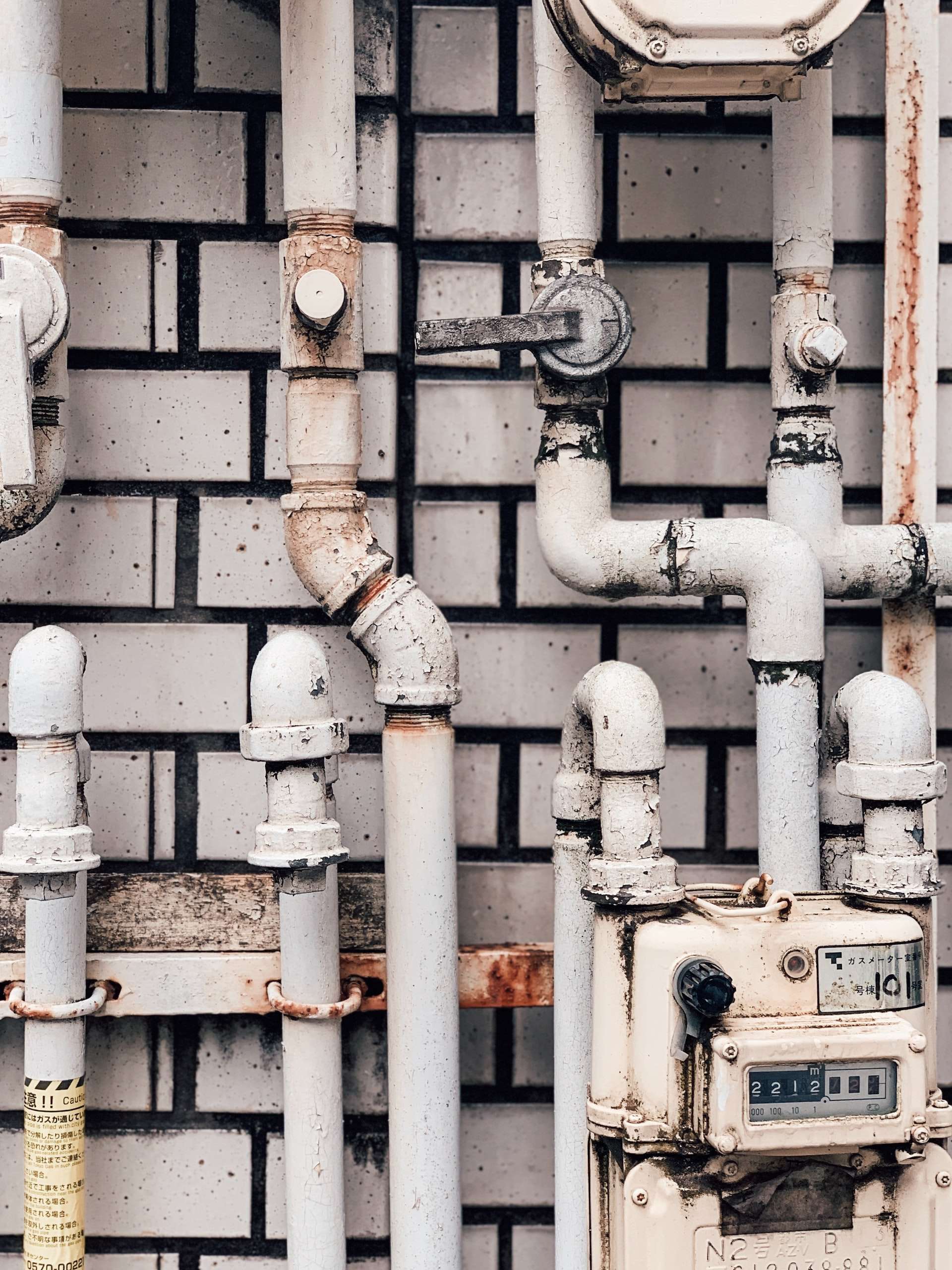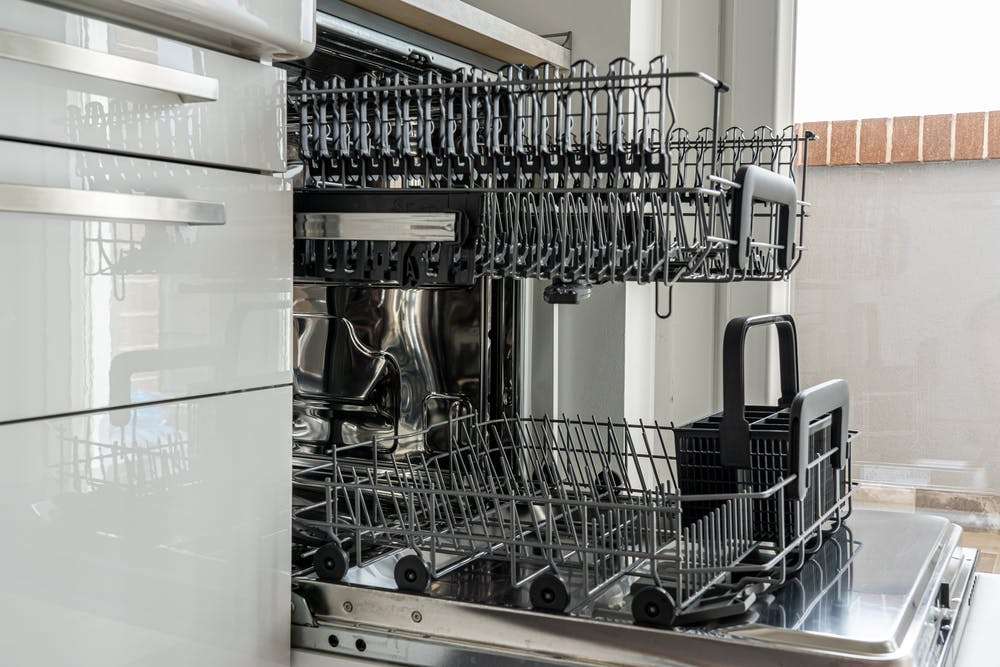Waking up in the morning for a hot steamy shower to start the day can be quite a luxury, especially as the winter weather swings by. However, opening the showerhead and having ice-cold water drip down in the already-freezing temperature can be unbelievably stressful.
There could be some problems with your water heater. These devices are susceptible to sediment build-up that might be affecting the system responsible for heating up the water and distributing that liquid. It’s best to call in plumbing services to take care of the problem.
If you’re unsure about whether there’s sediment in your heater, don’t worry! Here’s a few telltale signs that often indicate the presence of sediment in your water heater:
1) There’s a Lack of Hot Water
As mentioned above, that lack of hot water could signify that the hard minerals in your water are disrupting the water heater’s system. If you’ve done all you can to get hot water and the heater isn’t spewing any lukewarm water, suspect that it’s sediment. Call in an expert to run an assessment and to prevent cold morning showers.
2) The Water Temperature Keeps Changing
An alternative situation to the lack of hot water is having it on for a few brief moments. If the water’s temperature keeps changing from cold to warm and vice versa, it suggests that the sediment is just about to build up. Try to get the issue under control early on so that you can have consistently warm water when taking a shower.
3) There Are Sudden Weird Noises
Water heaters don’t usually produce much noise, so it can be a little concerning to hear any sudden rumbles or clanking from the heater. Sediment can trap air bubbles from the liquid, which may be the cause of those popping or creaking noises. Water heater repair or replacement may be needed to stop the unnecessary commotion.
4) There Are Leaks by the Drain Valve
Sediment can build up all over the water heater, but it accumulates in a very specific spot. The drain valve, which is used to flush out the hard minerals and the liquid, may take in all of the sediment that’s been accumulating in the heater. It can be overwhelming and cause a clog that prevents the water from exiting or a leak that can damage the entire device.
5) The Water Seems Strange
Having water heated up shouldn’t change its appearance. If the shower’s water looks a little darker or colored, there’s definitely some sediment build-up going on. There’s even more evidence to believe that the water is contaminated with those hard minerals if there’s a change in the scent or feel of the water.
6) The Water Bill is Too High
Your water bill may tend to grow higher since the water is running a lot more when you’re waiting for the water heater to work its magic. The power bill may also spike in price since the heater is operating a little longer than usual. Thus, if your utility bills are scaling up more than usual, it’s time to check for the sediment issue and to call the plumbers in.
Conclusion
Sediment in your water heater can be quite a pain to deal with, which is why it’s important to run your annual plumbing check-ups and maintenance. If these issues arise anyway, it’s best to call plumbing services to tend to the emergency.
Need water heater repair in Van Nuys? Candu Plumbing and Rooter offers professional plumbing services. Get in touch with us today!





